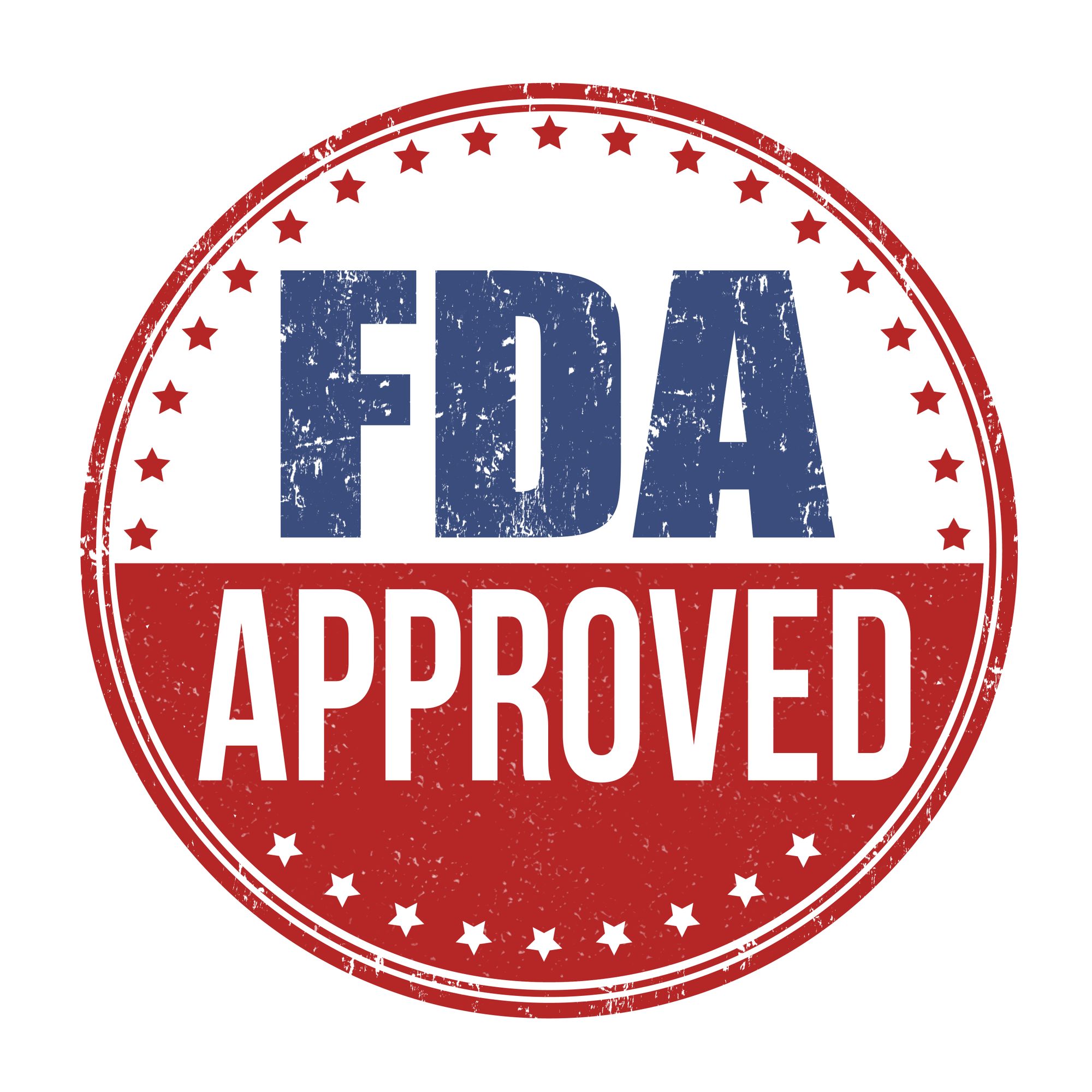Article
Innovation in Colorectal Cancer Screening - There Has to Be a Better Way
Author(s):
Giving patients a convenient, at-home option and a navigation system for colorectal cancer screening can help boost low testing rates.
Healthcare stakeholders have long faced an uphill battle when it comes to ensuring that patients aged 50 and over are screened for colorectal cancer (CRC). It is a well-known public health fact that more than one third of the 85 million eligible Americans at average risk for CRC have not been screened.1 As a result, CRC remains the second-leading cancer killer in the United States, claiming an estimated 50,000 lives each year.2
Efforts to improve early detection of CRC through screening—from public health campaigns, to health system programs, to patient engagement and education—continue to fall short of goals, and we are unlikely to meet the stated goal of the National Colorectal Cancer Roundtable of screening 80% of eligible patients by 2018 unless we tackle the problem differently.3
The problem is not specific to the United States. Nationwide CRC screening programs have existed for years in Europe, where rates also remain low.4 In September 2017, the JAMA published a study from France that found that keeping general practitioners informed of which patients did not complete a screening—in this study, either with an invasive colonoscopy or a fecal immunochemical test (FIT) test—resulted in follow up that improved screening rates, but only marginally.4 Screening rates with FIT at the 1-year mark with the healthcare provider reminders were less than 25% (screening rates with no reminders were around 21%).4
These findings are not surprising. In a high-performing integrated health system, FIT programs have resulted in screening rates year-on-year at even lower rates than the European study described. One study found that only 3 out of 1000 patients completed a FIT test annually over 10 consecutive years.5
Building on lessons learned, there are 2 ways to make a greater impact. One is for patients to be better informed, more engaged, and offered choices—certainly invasive colonoscopy and FIT/FOBT are not the only screening methods endorsed by major clinical guidelines. And second, by implementing a robust, scalable patient navigation and support system to ensure tests are completed following a healthcare provider prescription.
Let’s look at patient choice. Currently there are 7 CRC screening tests in the US Preventive Services Task Force (USPSTF) 2016 CRC guidelines that can be categorized as either invasive or procedural (eg, colonoscopy and virtual colonography), or noninvasive, such as stool-based tests.6,7 When patients and healthcare providers engage in a meaningful discussion about CRC screening and review the risks and benefits of various options, patient preference should play an active role in test selection.8 And offering patients choices in CRC screening has been shown to improve screening rates.8,9
There are many barriers to patients getting screened for CRC. Patients are deterred by colonoscopy preparation, time investment, obligations placed on family members (eg, transportation after receiving anesthesia) and potential risks such as bleeding and intestinal perforation.1 It is logical that many patients may prefer a reliable, high-performing, at-home stool-based test if given the choice. Leading clinical and health policy experts have advocated that providers and patients discuss choices for CRC screening and said that “the best test is the test that gets done.”1 And, for emphasis, patients deserve transparency on test performance, out-of-pocket costs, and risks.
To support patients, navigation systems and technologies are an essential component of a comprehensive screening system and can substantially increase the likelihood patients follow through.
Exact Sciences developed much more than an innovative stool-DNA test based on state-of-the-art science. Exact Sciences created Cologuard with the patient and the barriers to screening in mind, also developing a 24/7 nationwide patient navigation service to support compliance and ensure test completion. This system is built around a call center that can engage patients in 70 different languages. Of all the screening choices included in the 2016 USPSTF update, Cologuard is the only choice that is supported by an embedded patient navigation system to increase compliance.6
Since this system was first established in 2014, Exact Sciences Laboratories has fielded thousands of incoming calls. But this is not only a reactive service; the system is also proactive. Patients prescribed Cologuard receive a welcome phone call before the test is shipped to their home; they receive reminder calls and letters after receiving the kit to encourage completion. In addition, Exact Sciences Laboratories also takes calls from healthcare providers who have questions about Cologuard or how to interpret results.
The easy-to-use, convenient, at-home test combined, with the patient navigation system, has resulted in a Cologuard compliance rate of 67%.10 Published compliance rates with other stool-based technologies are dramatically lower; they are <14% at 3 years for FOBT/FIT and compliance with invasive colonoscopy procedures for CRC screening has been documented at 38% at 1 year.11 Further, more than half of patients who have completed Cologuard have never been screened before.12
To appreciate the impact of 24/7 the patient navigation system on CRC screening in the real world, consider a USMD study of 393 Medicare patients who were non-compliant with CRC screening and who were prescribed Cologuard. A vast majority (88%) completed the Cologuard test, and 4 cancers in curable stages and 21 advanced adenomas were found.13
For the 81,000 providers who have prescribed Cologuard to date, Exact Sciences Laboratories sends patient results directly to the ordering healthcare provider, and for tests not completed, Exact Sciences Laboratories reaches out to both providers and patients.14
The USPSTF, an independent panel of experts, has acknowledged that there is no “one-size-fits-all” approach to colorectal cancer screening.6 Ultimately, the entire health care ecosystem must be involved in both offering patients choices as well as providing support through test completion. This includes everyone from physicians and their office staff, to managed care organizations, health systems and payers.
With billions of dollars invested in health information technology and electronic health records, integrated health systems, medical groups, MCOs/ACOs, and provider networks can leverage HIT systems to identify unscreened patients and patients due for screening.15 Once these patients are identified, direct outreach from healthcare providers is far more engaging than blindly sending out a home-based screening test and waiting for the patient to complete it.
With greater collaboration among healthcare providers, health systems, payors, and patients and with broader support for patients through test completion, it is possible to reduce unnecessary deaths from colorectal cancer.
References
1. Centers for Disease Control and Prevention. Vital signs: colorectal cancer tests saves lives. cdc.gov/vitalsigns/colorectalcancerscreening/. Updated November 2013. Accessed September 20, 2017.
2. American Cancer Society. Cancer Facts & Figures 2017. American Cancer Society website. www.cancer.org/research/cancer-facts-statistics/all-cancer-facts-figures/cancer-facts-figures-2017.html. Accessed September 20, 2017.
3. National Colorectal Cancer Roundtable. Tools & Resources: 80% by 2018 Pledge. http://nccrt.org/tools/80-percent-by-2018/80-percent-by-2018-pledge/. Accessed September 20, 2017.
4. Rat C, Pogu C, Le Donné D, Latour C, et al. Effect of physician notification regarding nonadherence to colorectal cancer screening on patient participation in fecal immunochemical test cancer screening: a randomized clinical trial. JAMA. 2017;318(9):816-824. doi:10.1001/jama.2017.11387
5. Cyhaniuk A, Coombes ME. Longitudinal adherence to colorectal cancer screening guidelines. Am J Manag Care. 2016;22:105—111.
6. Bibbins-Domingo K, Grossman DC, Curry SJ, et al; for US Preventive Services Task Force. Screening for colorectal cancer: US Preventive Services Task Force recommendation statement. JAMA. 2016;315(23):2564-2575.
7. American Gastroenterological Association. Screening for Early Detection: Colorectal Cancer Screening and Surveillance for Early Detection. http://www.gastro.org/guidelines/screening-for-early-detection. Accessed September 20, 2017.
8. Inadomi JM, Vijan S, Janz, NK, et al. Adherence to colorectal cancer screening: a randomized clinical trial of competing strategies. Arch Intern Med, 2012. 172(7): p. 575-82.
9. Mayo Clinic. Mayo Clinic National Health Checkup: Fourth Edition. 2017. http://healthcheckup.mayoclinic.org/?_ga=2.17479929.1379328090.1505941329-2108047057.1505941329. Accessed September 20, 2017.
10. Exact Sciences Laboratories. Internal compliance data. 2015-2016.
11. Gellad ZF, Stechuchak KM, Fisher DA, Olsen MK, McDuffie JR, Ostbye T, Yancy WS., Jr Longitudinal adherence to fecal occult blood testing impacts colorectal cancer screening quality. Am J Gastroenterol. 2011;106:1125—1134.
12. Exact Sciences Laboratories. Patient survey data, May-June 2017.
13. Prince M, Lester L, Chiniwala R, Berger B. Multitarget stool DNA tests increases colorectal cancer screening among previously noncompliant Medicare patients. World J Gastroenterol, 2017; 23(3), 464-471.
14. Exact Sciences Laboratories. Internal data presented July 2017.
15. Mariotto AB, Yabroff KR, Shao Y, Feuer EJ, Brown ML. Projections of the cost of cancer care in the United States: 2010-2020. J Natl Cancer Inst. 2011; 103:117-128.





